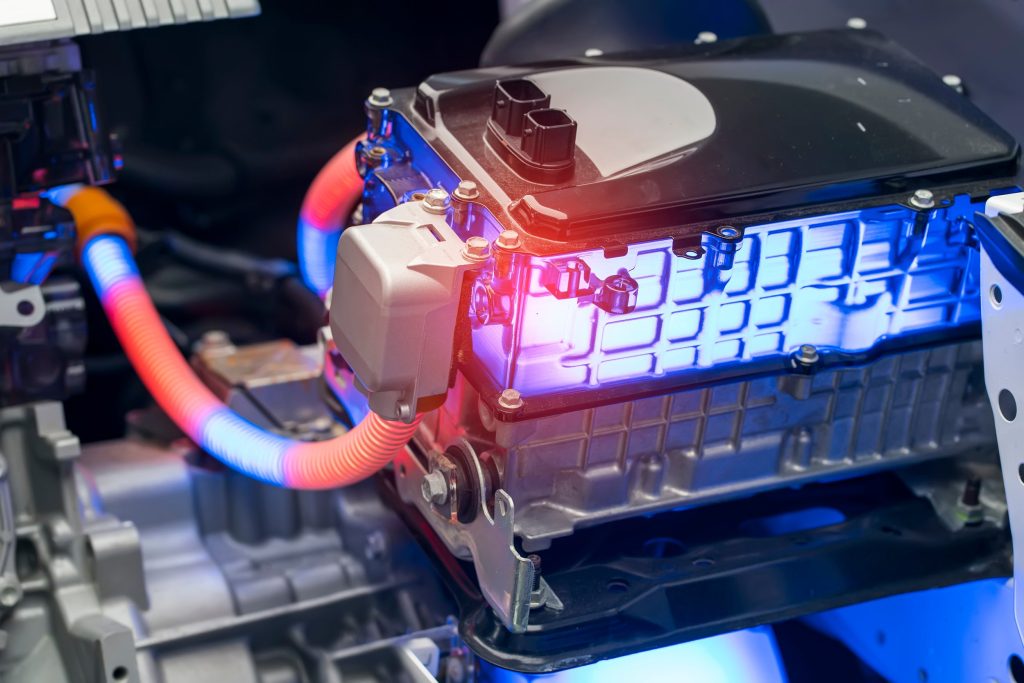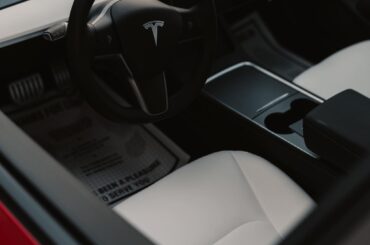The battery is the driving force behind an electric vehicle’s (EV) range and power.
The battery in an electric automobile is responsible for everything from starting the vehicle to powering the various accessories, such as the air conditioner and the stereo.
The battery pack of an electric vehicle consists of several separate cells and takes up much of the cargo space under the vehicle. How secure is an electric vehicle’s battery, considering its large size and location under the chassis’ floorboard?
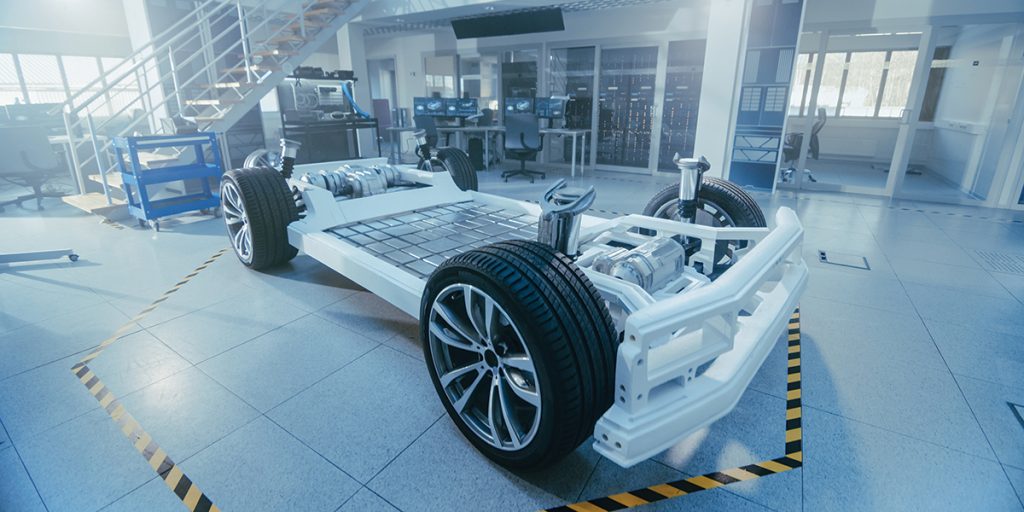
Batteries provide a fire hazard due to the organic liquid electrolyte, which is the primary cause of alarm. It contains volatile, corrosive, and combustible chemicals. Corrosion is the immediate threat, followed by fire and finally an explosion from the battery.
Difficulties that might arise with an electric vehicle’s battery
Accidental Bodily Harm
Due to their high energy density and rapid recharging rate, lithium-ion batteries are widely employed in EVs. Their vulnerability to thermal runaway and cellular rupture is, however, well-documented. Combustion is a possible outcome in severe instances.
Damage to the battery or its case might result in electrolyte leakage or a short circuit.
To put things in perspective, however, consider that much like internal combustion engine cars, electric vehicles store the flammable liquid in their fuel tanks, making them just as hazardous in the event of a malfunction.
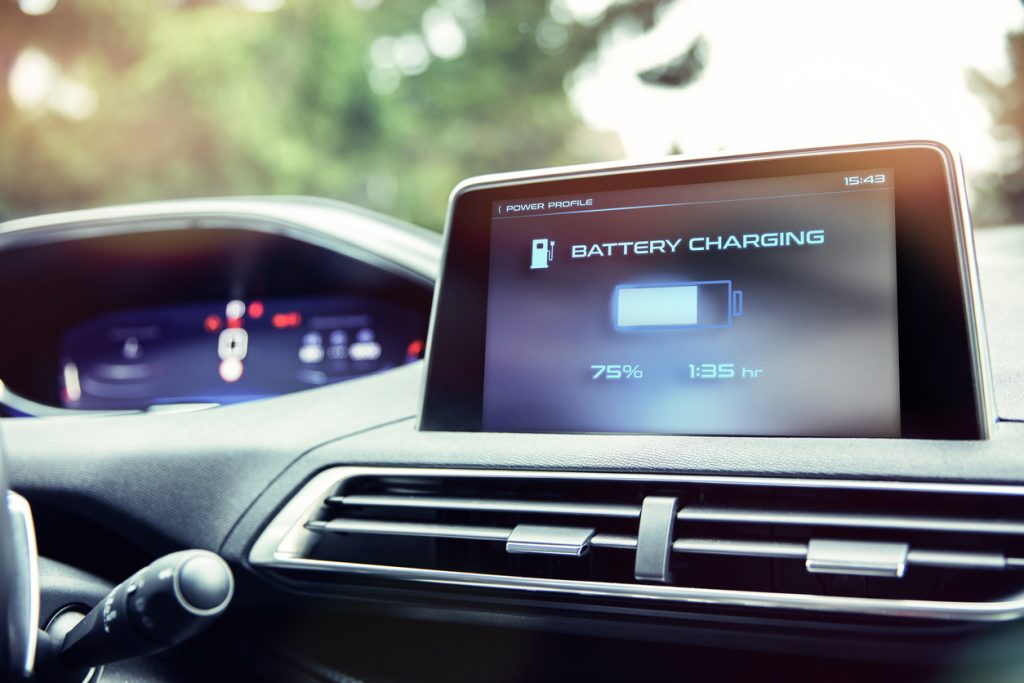
Connector Failure
As the battery empties more quickly due to the short circuit, it generates more heat. It becomes hotter the quicker it discharges. The electrolyte may leak and become a dangerous gas if it evaporates and escapes. The car’s battery is connected to other components that might catch fire, setting off a chain reaction that can rapidly aggravate the situation.
A short circuit may also be caused by overcharging. Injecting an excessive amount of energy may lead to a pressure buildup that compromises the cell’s integrity. Possibly leading to a domino effect.
As a precaution against these potential dangers, lithium-ion battery packs include built-in fail-safe circuitry that automatically turns off the battery if its voltage ever rises beyond a preset threshold.
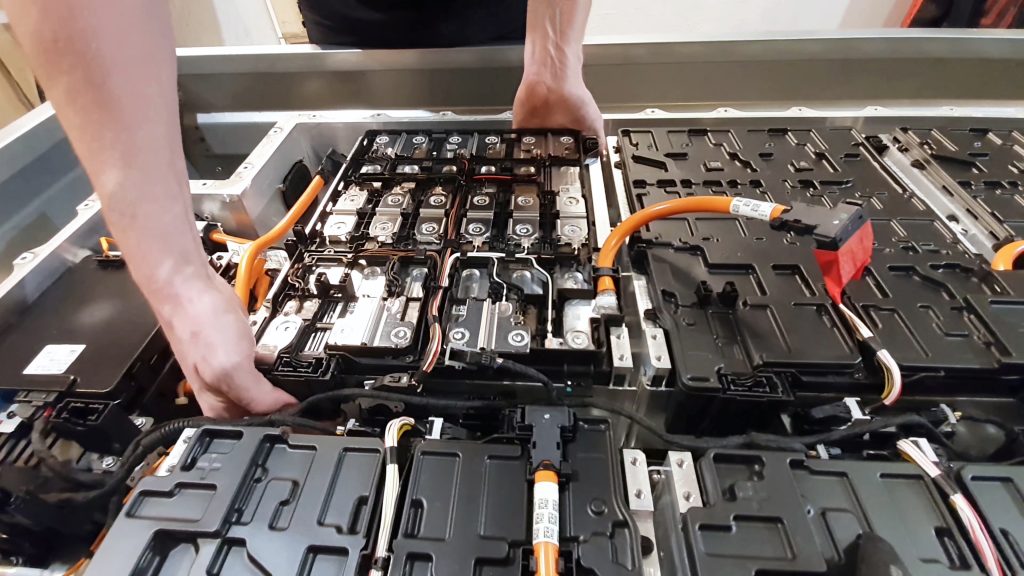
Unreliable Power Availability
Charging methods for electric vehicles are an important aspect of battery safety. Manufacturers of chargers are subject to stringent safety laws and standards, guaranteeing the product’s high quality. Unfortunately, there are still risks:
Poor judgment in using a “granny cable” (in the cable control box, ICCB, cable)
The dangers of using a less-than-qualified installer for your charger
Use of subpar materials in the wiring and electricity industries
If you’re trying to save money at the expense of your health and safety, this is probably not the place to do it.
Safety-checking the batteries
Control Unit for Batteries
An intelligent battery management system is standard on all EVs (BMS). The BMS is responsible for maintaining a safe temperature inside the battery. In addition to managing to charge and discharge processes, this software also keeps tabs on the condition of the battery pack.

Every EV includes a buffer that prevents you from using all of the battery’s potential. Kilowatt-hours, or kWh, is the unit of measurement for the battery’s energy storage capacity in an electric vehicle. Even though the battery is rated at 50 kWh, you may only be able to use 45 kWh to power the vehicle. Even though the dashboard indicates a full charge, that reading reflects the voltage of a single battery and is thus inaccurate.
Most batteries may be used for their whole expected lifespan without any problems. Countless li-ion batteries power our mobile devices, computers, and children’s toys.
The automotive sector is also working to make Battery packs safer by exploring the use of solid-state electrolytes rather than liquid ones, which may reduce the likelihood of burning and fire.

The advancements in technology have already made these items more efficient, and they will keep making them safer.


